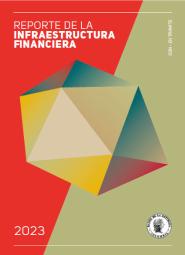What can credit vintages tell us about non-performing loans?
La serie Borradores de Economía es una publicación de la Subgerencia de Estudios Económicos del Banco de la República. Los trabajos son de carácter provisional, las opiniones y posibles errores son responsabilidad exclusiva del autor y sus contenidos no comprometen al Banco de la República ni a su Junta Directiva.
The series Borradores de Economía (Working Papers on Economics) contributes to the dissemination and promotion of the work by researchers from the institution. On multiple occasions, these works have been the result of collaborative work with individuals from other national or international institutions. This series is indexed at Research Papers in Economics (RePEc)
The opinions contained in this document are the sole responsibility of the author and do not commit Banco de la República or its Board of Directors.
Abstract
Using Colombian credit vintage data, we decompose the non-performing loans into one component that captures the evolution of the payment capacity of borrowers, and other component that captures changes in the credit risk taken by the financial system at the time of loan disbursement. We use intrinsic estimators and penalized regression techniques to overcome the perfect multicollinearity problem that the model entails. We find that these two type of components have evolved differently over time, and that good economic conditions and loose financial conditions improve the payment capacity of borrowers to meet their obligations, and in turn, they tend to coincide with the financial system engaging in riskier loans. Finally, we advocate the use of this methodology as a policy tool that is easy to apply by financial and economic authorities that dispose of a constant flow of credit vintage information. Through it, they will be able to identify the origin of the credit risk materialization and curb the risk taken by the financial system.

















































